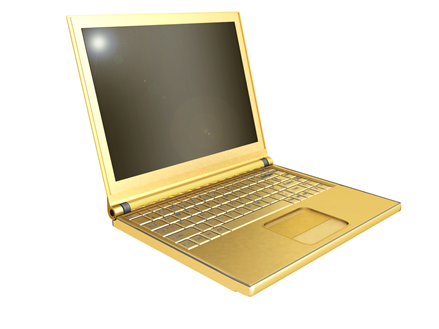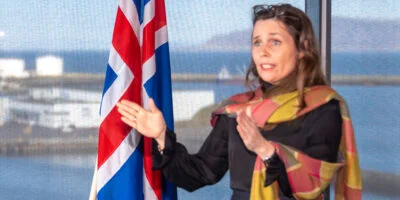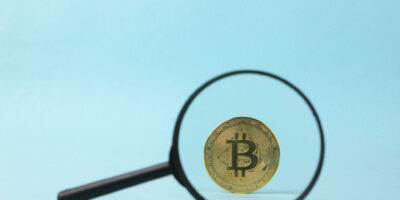Blockchain and Gold-Backed Money
In his 1963 treatise on gold and free banking titled, “What has Government Done to Our Money?,” economist Murray N. Rothbard envisions a system of private and competing warehouses storing customers’ gold and issuing receipts that could be exchanged as money. Now this decidedly low-tech vision of money and banking may be brought to life by cutting-edge technology. In November, the U.K. Royal Mint announced plans to offer gold for sale and trade digitally using blockchain, the technology that underlies Bitcoin.
We’ll be talking much more about blockchain in the coming weeks, but for now suffice it to say that a blockchain is a type of database that is distributed to all users without a centrally managed hub. It stores unalterable digital records—think of it as a digital “paper trail.”
Blockchain technology is designed to handle transactions and transfer of ownership. The TCP/IP protocol that enabled the internet involves users sending and receiving copies of data. This system is great for communication and transmission of information but not for money. The best TCP/IP can do is send orders to transfer money to a central clearinghouse, like the bank that provides your credit card. But blockchain can instead transfer digital representations of the real thing, impossible to copy. This is what allowed Bitcoin to be the first cryptocurrency to solve the so-called double-spending problem.
The Mint, which expects to launch its product in the first half of 2017, will initially store $1 billion of gold bullion and sell it in one-ounce digital tokens called “RMGs”. Investors can trade the coins and use them as currency in a manner identical to Bitcoin, and the Mint plans to charge a service fee on trades. These digital tokens are essentially the 21st century version of Rothbard’s warehouse receipts.
Bitcoin and its blockchain technology have also provided a tantalizing view of the future for those who favor dismantling the government monopoly on issuing currency. Blockchain technology enables such a private currency to arise without a government or a private central entity to issue notes and establish trust. In fact, blockchain transactions are often called “trustless,” meaning that two parties don’t have to trust each other or a central authority to conduct a transaction. This term is something of a misnomer, however, because trust naturally emerges from the system, bottom-up rather than top-down.
Economist Thorsten Polleit, writing in early 2016 before the Mint’s announcement, says, “So far, governments use regulation and taxation to inhibit and even prevent unencumbered competition among monies. However, the evolution of the blockchain largely circumvents many of the obstacles governments put in the way of a free market in money. Where it will lead is, of course, is impossible to predict with certainty.” Blockchain has great potential to increase economic freedom in many areas, and it will be interesting to watch applications of the technology develop.











